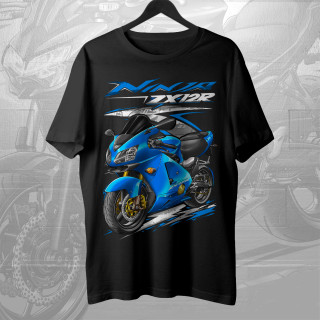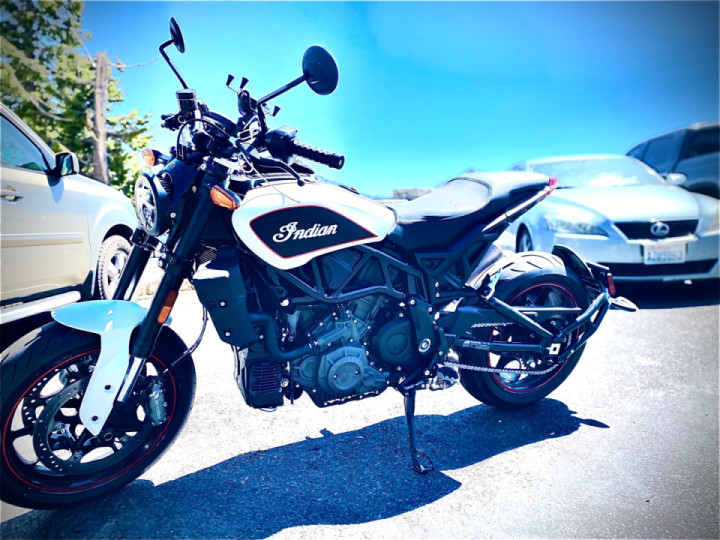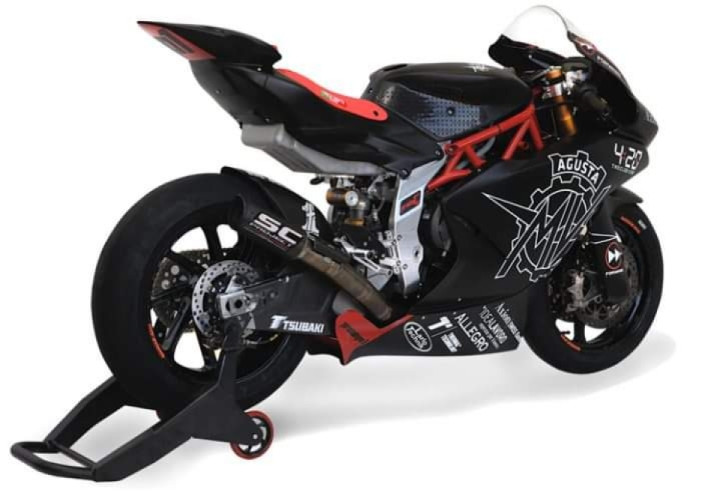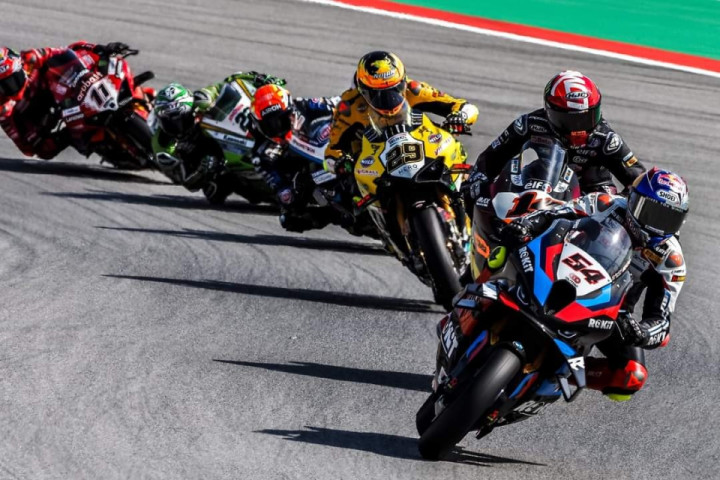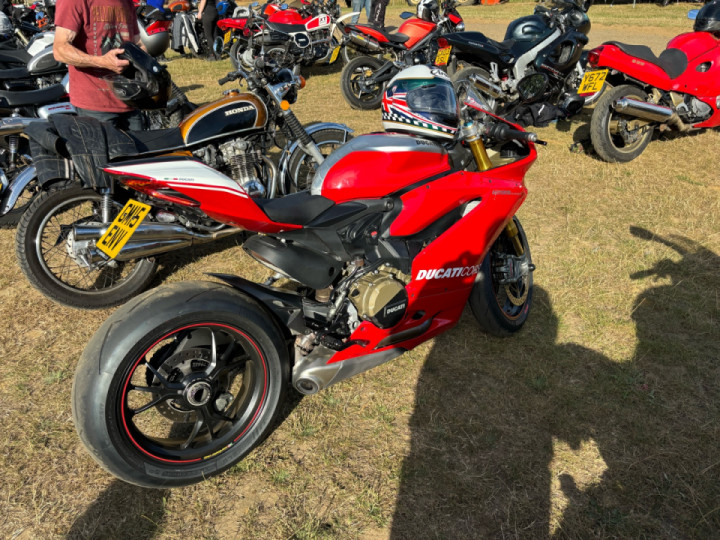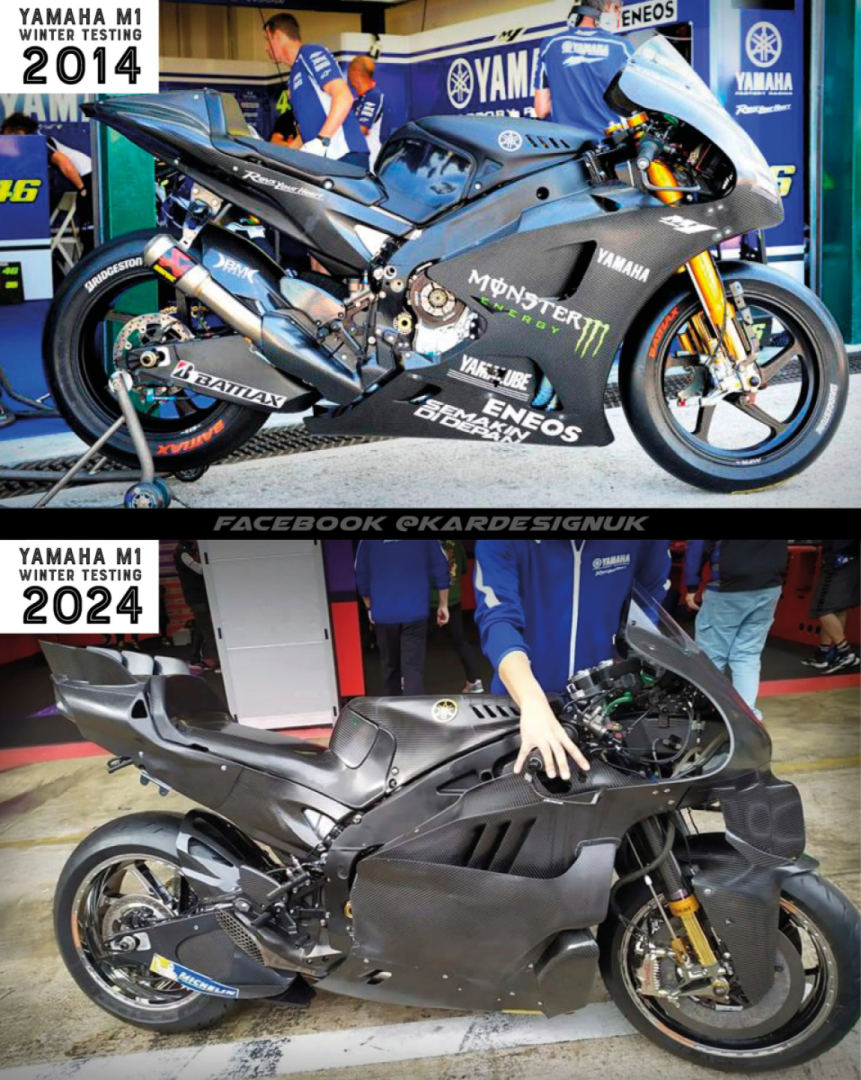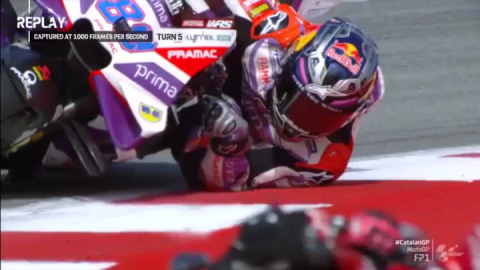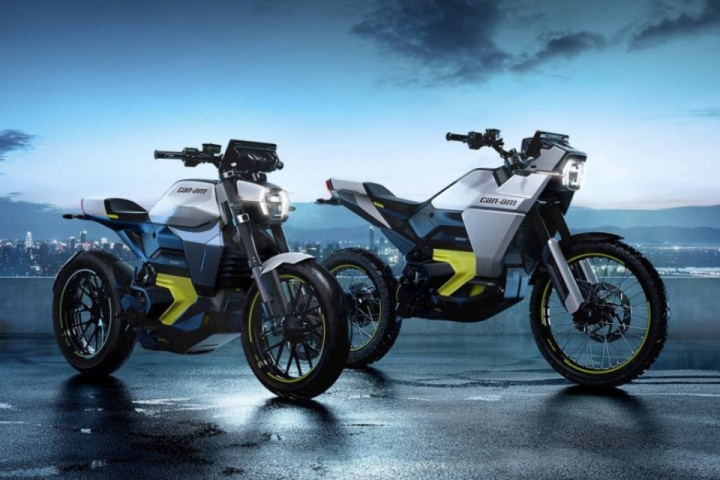
Two-stroke engines can return at MotoGP
There are many technical terms used to describe the engines of racing motorbikes in which riders participate in the MotoGP World Championship. Hydrogen engines or two-stroke engines can return to the MotoGP World Cup by 2026 if participants can make their motorbike more carbon-neutral.
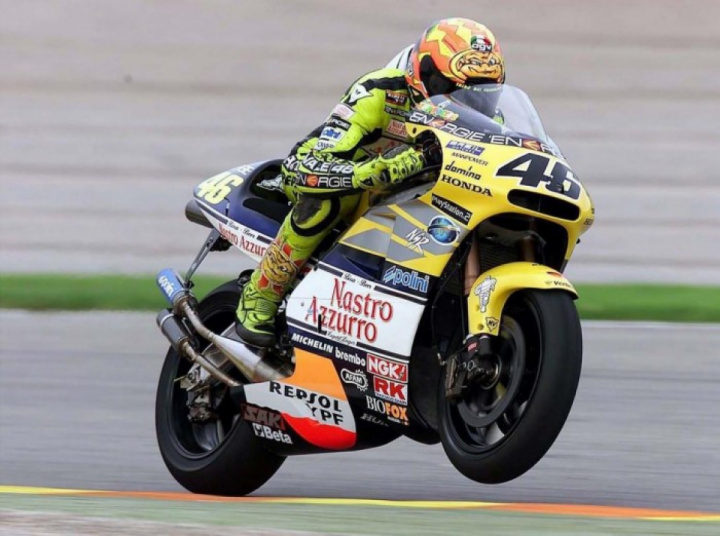
Two-stroke engines prevailed in the World Cup until in 2002, in the premier class, there was a transition to Four-stroke engines with a volume of 990 cc, which reflected production trends for that period. Two-stroke engines were more powerful compared to four-stroke engines with similar capabilities, but the advantages of four-stroke engines are increased energy efficiency and environmental friendliness, since they have their special lubrication system, while two-stroke engines burn a mixture of oil and gasoline. The main difference between the two types of engines lies in the combustion process: in a four-stroke engine, the duty cycle consists of intake, compression, combustion, and exhaust, which takes place over two revolutions of the crankshaft. A two-stroke internal combustion engine differs from a four-stroke engine in that it performs the same four processes in one revolution of the crankshaft.
But thanks to new technologies with direct injection, pressure charging, and other technologies, two-stroke engines are now more energy efficient and environmental friendliness than four-stroke engines. And hydrogen engines now emit water only at the end of the combustion cycle, but this technology is still very expensive.
Pat Symonds is F1 Chief Technology Officer and has recently expressed interest in using the new formula in his specification for a two-stroke engine, which is slated for release in 2025. MotoGP may also follow the same ideas to share with F1 the costs of developing such an engine.
Pat Symonds said: "I’m very keen on it being a two-stroke. Much more efficient, great sound from the exhaust and a lot of the problems with the old two-strokes are just not relevant anymore. I think there’s a good future for them".
#Bike #MotoSport #Moto #Racing #MotoGP









